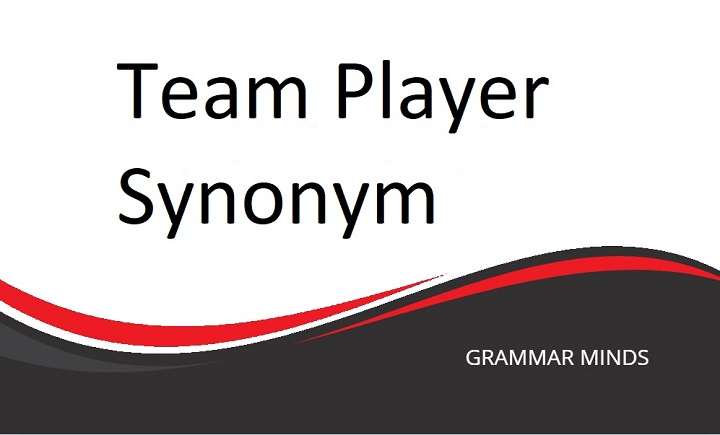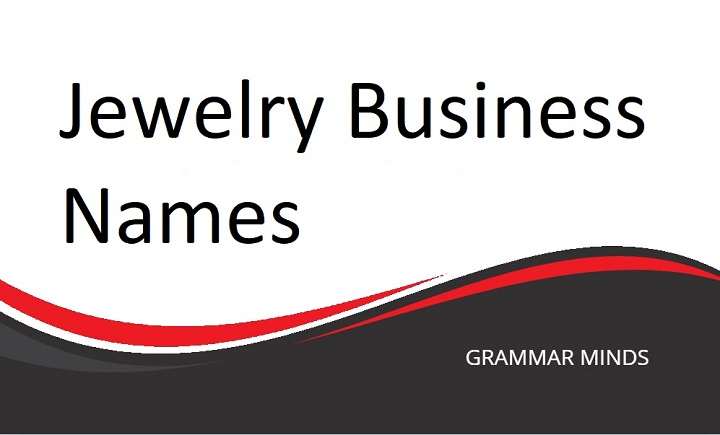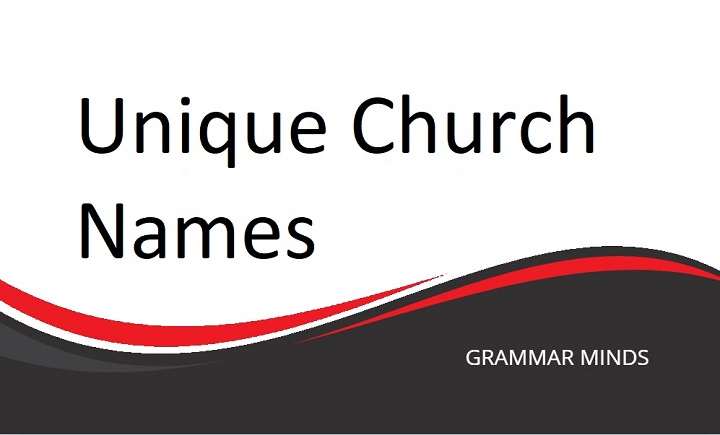In both professional and personal conversations, one phrase that often comes up is “by way of introduction.” It’s a polite and standard phrase to use when introducing a new topic, idea, or person. But do you find yourself repeating this phrase frequently and wondering if there’s a way to mix things up? Are you tired of the same expression and seeking alternatives that can enhance your communication?
Don’t worry! In this article, we’ve compiled a handy list of alternative phrases to replace “by way of introduction” so you can add variety and freshness to your conversations, whether you’re writing an email, preparing a presentation, or engaging in everyday dialogue.
Do You Find Yourself Using the Phrase “By Way of Introduction” Repeatedly?
The phrase “by way of introduction” is a staple in many types of communication. It’s often used to transition smoothly into a new subject or to introduce someone. However, when used too often, it can start to feel repetitive and stale. You might also be unsure whether it always fits the context, especially if you’re trying to sound more natural and approachable in informal situations.
So, whether you’re introducing yourself to a client or providing background information to a colleague, switching up your phrasing can help you come across as more engaging and thoughtful. Let’s explore other ways to say “by way of introduction” so you can sound more varied in your professional and personal exchanges.
Other Ways to Say “By Way of Introduction”
Here are ten alternative phrases to replace “by way of introduction,” each suitable for different situations:
“To start things off”
“As an introduction”
“First and foremost”
“To kick things off”
“Let me begin by saying”
“In the spirit of getting started”
“To lay the groundwork”
“For starters”
“Allow me to introduce”
“Before we get into the details”
Key Notes
- “By way of introduction” is grammatically correct and perfectly suitable for both formal and informal situations. However, it can sometimes feel basic and overused, especially in casual settings.
- You can use “To start things off” for both formal and informal situations, especially in written communications such as emails.
- “As an introduction” works as a great formal alternative for business meetings or official reports.
- If you’re aiming for a more conversational tone, consider “To kick things off” or “For starters” in casual conversations or informal settings.
Let’s explore these alternative phrases in more detail and look at how they can be applied in real-life examples.
“To Start Things Off”
Usage:
If you’re looking for a more conversational and engaging way to say “by way of introduction,” try using “to start things off.” This alternative works well in both formal and informal settings, making it a versatile choice for emails, meetings, and presentations.
Example (in an email):
Dear [Recipient Name],
Thank you for reaching out with your inquiry. I appreciate your interest in our services and look forward to discussing them with you in greater detail.
To start things off, I’d like to provide you with some background on our company.
Best regards,
[Your Name]
“As an Introduction”
Usage:
“As an introduction” is a more formal alternative that can be used when you want to maintain professionalism, particularly in business meetings or emails. This phrase adds a clear, concise tone to your writing and is ideal when introducing ideas or people.
Example (in an email):
Dear Mr. [Recipient Name],
Thank you for your continued partnership with our firm. As an introduction to today’s meeting, I’d like to highlight the progress we’ve made over the last quarter.
Kind regards,
[Your Name]
“First and Foremost”
Usage:
“First and foremost” is a phrase that emphasizes importance. It is a great way to kick off a conversation or presentation, showing that what comes next is significant. It works well in both formal and informal situations.
Example (in a meeting):
Good morning, everyone. First and foremost, I’d like to thank you all for your hard work on the recent project. It’s been a great success, and your efforts haven’t gone unnoticed.
“To Kick Things Off”
Usage:
This is an informal alternative that you can use when you’re among colleagues or friends. It’s relaxed and friendly, perfect for introducing new topics in a casual setting.
Example (in a casual conversation):
Hey [Friend’s Name], thanks for meeting up today. To kick things off, I wanted to share some exciting news with you about my latest project.
“Let Me Begin by Saying”
Usage:
“Let me begin by saying” is a polite and professional phrase, ideal for both written and verbal communication. It is often used in speeches, presentations, and formal discussions.
Example (in a speech):
Let me begin by saying how grateful I am to be here today. It’s an honor to address such a talented group of professionals.
“In the Spirit of Getting Started”
Usage:
This is a creative and somewhat informal phrase that adds a touch of enthusiasm to your conversation. It works best in less formal settings but can still be used in professional environments.
Example (in a meeting):
In the spirit of getting started, I’d like to introduce our new team members and outline the goals for this quarter.
“To Lay the Groundwork”
Usage:
This phrase is ideal when you’re about to present information that serves as a foundation for the rest of the conversation. It works well in formal business presentations or reports.
Example (in a report):
To lay the groundwork for today’s discussion, I’ve compiled a brief overview of the project’s key milestones.
“For Starters”
Usage:
“For starters” is an informal phrase that adds a casual and friendly tone to your conversation. It’s perfect for informal chats or casual emails.
Example (in a casual email):
Hey [Friend’s Name],
Thanks for reaching out! For starters, I wanted to let you know that I’ve made some progress on the project, and I can’t wait to share more details with you soon.
“Allow Me to Introduce”
Usage:
This phrase is excellent for introducing people, whether in formal or semi-formal settings. It adds a touch of formality to the introduction and is ideal for professional contexts.
Example (in a formal setting):
Allow me to introduce our keynote speaker for the evening, Mr. [Speaker’s Name], who will be discussing the future of renewable energy.
“Before We Get Into the Details”
Usage:
This phrase sets the stage for a discussion by signaling that there’s more to come. It works in both formal and informal contexts, particularly when providing an overview before diving into specifics.
Example (in a meeting):
Before we get into the details, I’d like to take a moment to outline the objectives for today’s discussion.
Is It Correct to Say “By Way of Introduction”?
Yes! “By way of introduction” is grammatically correct and appropriate for both formal and informal settings. It’s a versatile phrase that can be used in professional emails, conversations with colleagues, or even casual chats with friends. However, using alternatives like the ones listed above will help you sound more varied and engaging in your communication.
You can also try slight variations of this phrase, such as:
- “By way of background”
- “As an opening”
- “To provide some context”
Also Read:
Thank You for the Clarification: Polishing Your Communication with Alternatives
In conclusion, “by way of introduction” is a perfectly acceptable and grammatically correct phrase, whether you’re using it in a formal or informal setting. However, the alternative phrases provided in this article will help you diversify your vocabulary, making your conversations more engaging and effective in different contexts. Whether you’re sending an email, making a presentation, or simply having a conversation, these alternatives offer you fresh ways to start things off.
By varying your language, you not only keep your audience’s attention but also demonstrate your ability to adapt your communication style to different settings and situations. So next time you find yourself reaching for “by way of introduction,” consider trying one of these alternatives!






